Emerging Demand in Telecommunications
The Terahertz Radiation Device Market is poised for growth due to emerging demand in telecommunications. As the need for faster data transmission and improved bandwidth increases, terahertz devices are being explored for their potential to facilitate high-speed wireless communication. These devices can operate at frequencies that allow for the transmission of large amounts of data over short distances, making them ideal for next-generation communication systems. Industry analysts predict that the telecommunications sector will contribute significantly to the market, with projections indicating a potential market size increase of 30% by 2030. This trend reflects the ongoing evolution of communication technologies and the quest for enhanced connectivity.
Rising Applications in Material Science
The Terahertz Radiation Device Market is experiencing a notable increase in applications within material science. Researchers are utilizing terahertz radiation for non-destructive testing and characterization of materials, which is crucial for quality control in various industries. The ability to analyze the properties of materials at terahertz frequencies allows for the identification of defects and the assessment of material integrity. This trend is supported by the growing need for advanced materials in sectors such as aerospace and automotive, where safety and performance are paramount. As a result, the market for terahertz devices is projected to expand, with estimates suggesting a compound annual growth rate of over 20% in the coming years.
Growing Awareness of Non-Destructive Testing
Growing awareness of non-destructive testing methods is significantly influencing the Terahertz Radiation Device Market. Industries are increasingly recognizing the advantages of terahertz technology for inspecting materials without causing damage. This method is particularly valuable in sectors such as aerospace, automotive, and manufacturing, where maintaining material integrity is critical. The ability to perform real-time inspections and detect flaws early in the production process is driving demand for terahertz devices. Market forecasts suggest that the non-destructive testing segment will experience a growth rate of around 18% annually, reflecting the rising emphasis on quality assurance and safety in manufacturing processes.
Technological Advancements in Imaging Systems
Technological advancements in imaging systems are significantly driving the Terahertz Radiation Device Market. The integration of terahertz imaging in various fields, including security screening and biomedical imaging, is becoming increasingly prevalent. These devices offer high-resolution imaging capabilities that surpass traditional methods, enabling detailed analysis of biological tissues and the detection of concealed weapons. The market is likely to witness a surge in demand as industries recognize the benefits of terahertz imaging, which is expected to grow at a rate of approximately 15% annually. This growth is indicative of the broader trend towards enhanced imaging technologies that improve safety and diagnostic accuracy.
Increased Investment in Research and Development
Increased investment in research and development is a key driver of the Terahertz Radiation Device Market. Governments and private entities are allocating substantial resources to explore the potential applications of terahertz technology across various sectors. This influx of funding is fostering innovation and accelerating the development of new terahertz devices, which are expected to enhance capabilities in fields such as healthcare, security, and telecommunications. The market is likely to benefit from this trend, as R&D initiatives are projected to lead to breakthroughs that could expand the range of applications for terahertz devices. Analysts estimate that R&D spending in this area could double over the next five years, further propelling market growth.


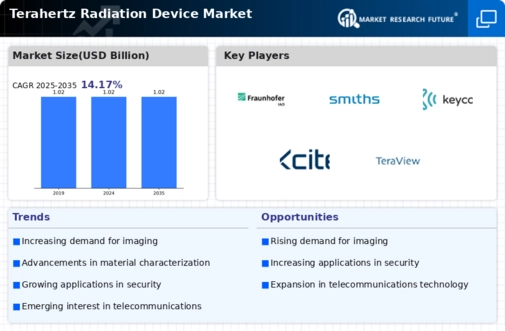
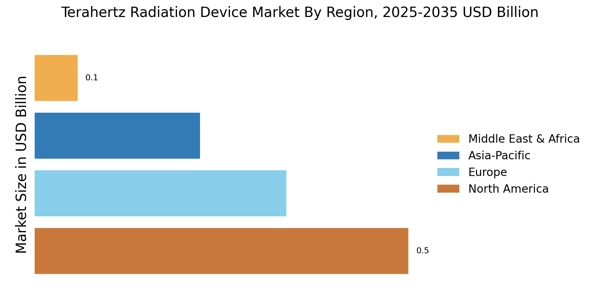

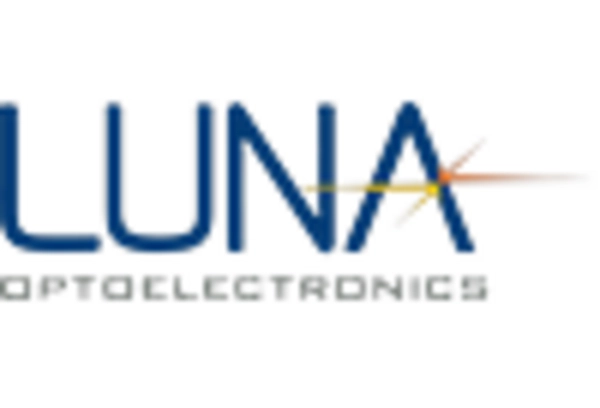
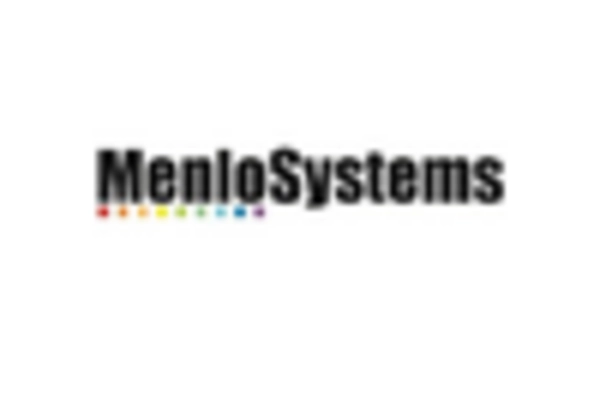
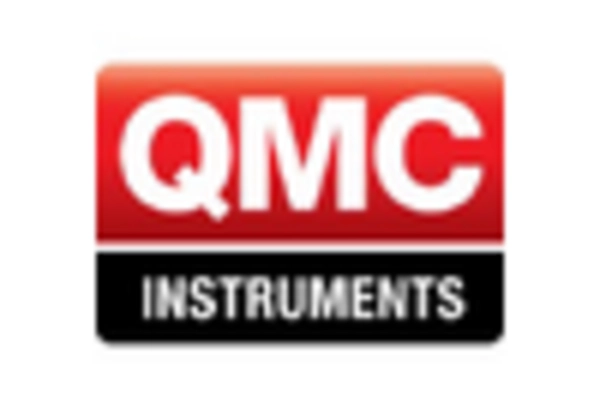

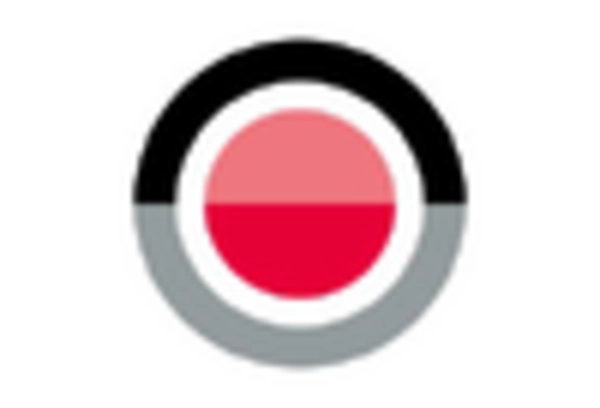








Leave a Comment